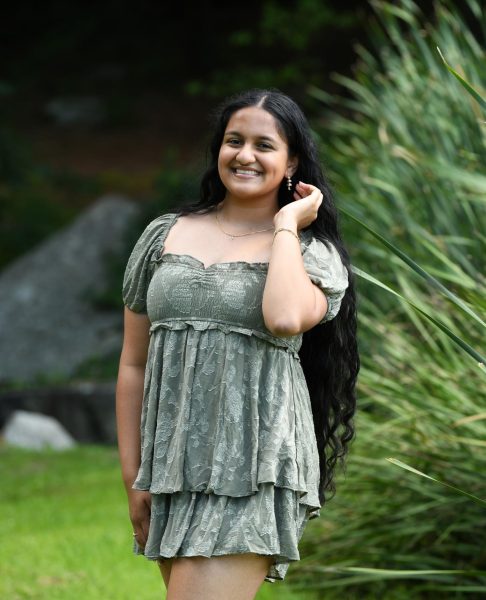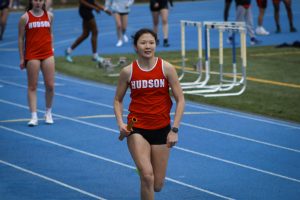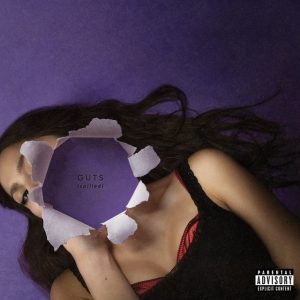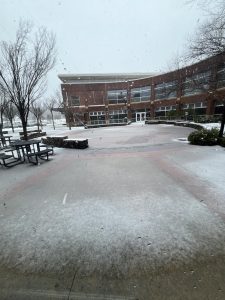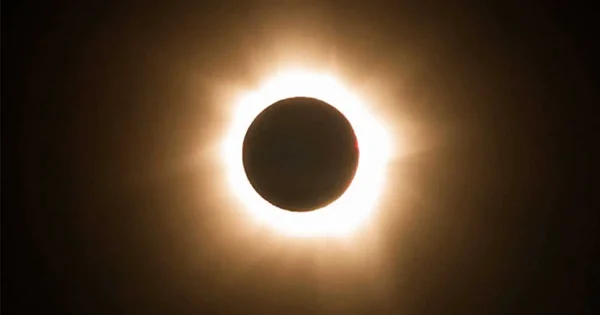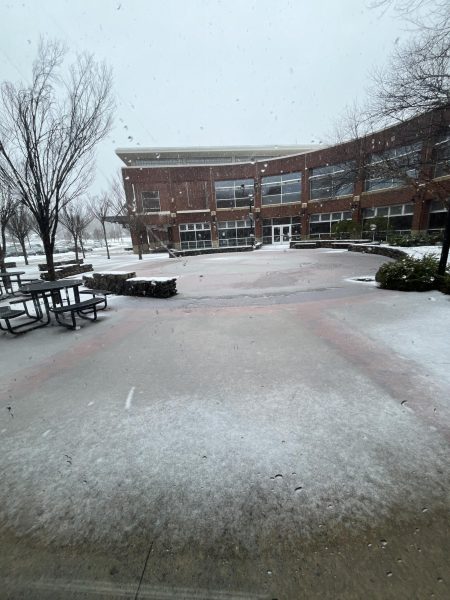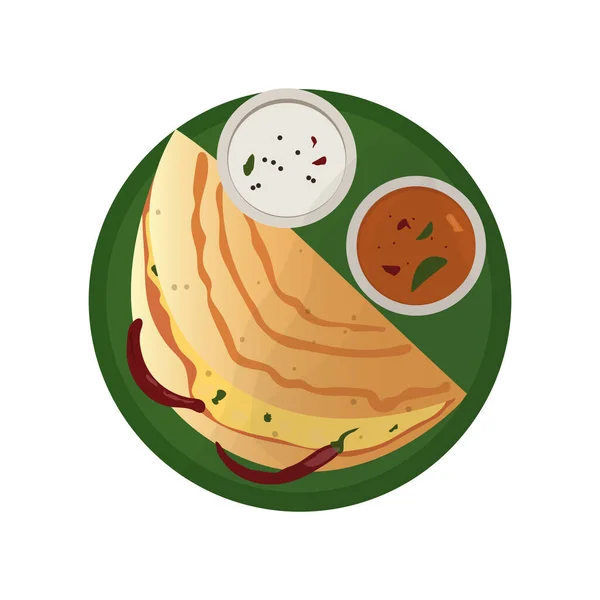Behind the Scenes With Ms. Murray
March 24, 2022
As students leave their World Cultures classes with a plethora of new ideas, perspectives and stories to tell, they’re thankful for their founder June Murray. However, the World Cultures classes that Murray is known for were not always an option here.
Murray began her teaching career at Hudson High by teaching ninth-grade civics, and both academic and AP Psychology, although that was not her first teaching experience. She had been a teacher in South America as well, something she often mentioned in the stories she told her classes.
“My ninth graders would leave me and they would go off to World History because back in the day that’s what it was called…and World History, 26 years ago in Hudson, was all about Europe.“ She continued, “My kids came back from tenth grade, and they sat down and would visit. They’d say ‘Miss Murray, you lived in South America, Could you teach us about South America?’
And with the push from her students, Murray decided to venture into the unknown and put together a course description and syllabus. “I presented it to the principal. He said “you know what we are gonna do? We are just gonna put it in the course catalog and we’ll see how many kids sign up for it.”
The class quickly became a top choice for many. Due to the sheer number of students that signed up, Murray stopped teaching Psychology. And a year later, she stopped teaching Civics as well.
Murray was not against dropping these other two courses. “I am equally as fascinated by the customs and traditions of a people. I’m fascinated by how what they believe creates their worldview, and then how that influences how they interface with the planet and other people… that’s what excites me…I’ve always seen history as a part of cultural studies, not so much as a discrete passion of mine.”
Murray loved incorporating her student’s ideas into the curriculum. “I wound up just sort of leaning into what was happening and the interests of my students, and I would sort of design content based on these interests.”
One example was the Arab-Israeli conflict that many students were curious about. “I said ‘sure…I wrote my thesis on that…I can create curriculum around that.’”
However, Murray did not always know about the topics students wanted to learn about. “I would sort of pick my student’s brains about what they were interested in learning and then I would go find out about it. And I am a junkie for learning. I love teaching because I love being a student.”
Murray took numerous classes, such as a program at Harvard about Mesoamerican culture. She also won a place at the National Endowment for the Humanities summer program to learn about the cultures and religions of the Himalayas.
This willingness to learn helped influence what was taught in Murray’s class.
“If my class was interested and I felt like I needed to know more, I had no hesitations whatsoever in pursuing my own education to meet the needs of my students. I would read these incredible books or an amazing article. That would become the foundation for a lesson or an activity.”
While taking courses and reading books were, and still are, something that Murray loves, she also learns about the cultures around the world through travel. After taking a course on West Africa, Murray was selected to go there. And a three-week course on Chinese culture similarly led her to China.
The ability to travel and gain new experiences is something that Murray wanted her students to experience as well. Murray would take her students on a school trip to Peru, not only to interact with Peruvians and their culture but to also bring educational and medical supplies.
Similarly, Murray pushed her kids to take action about what they learned. One of many examples was in 2011, when Murray’s class learned about the civil war in Sudan. With Murray’s help, her students were able to raise money for Gua Africa, an organization that builds schools in southern Sudan.
Student’s in the World Cultures class were exposed to many experiences like these. The course has changed over time.
I come to school to do my job and hope that somewhere, a spark finds a little bit of fuel to turn into a fire in everybody.
— June Murray
“1000 years ago, World Cultures was a year-long course… I did South America, I did the African continent, and I did India, not just religion but the history of India…and China. And you were with me for a year.”
She continued, “The course got broken up into pieces according to region… Ultimately, they are now the incarnation that they are.” Murray continued, “I find myself in the position of having to teach history to make history classes a more manageable size in Hudson. So, that’s why they have become very specific and are only a semester in length.”
World Cultures split into three courses: Eastern Faiths: Ways of Being, which focuses on Hinduism and Buddhism, along with other religions of the East. Traditional People in Oceania looks at Australia, New Zealand and Papua New Guinea. Religion and Conflict in the Middle East is “rooted around understanding Judaism and Islam,” as well as looking at various countries in the Middle East.
The course is not the only thing that has changed through the years. Murray has donned numerous hairstyles, and even now, her hair brightens the room with its purple streaks. Her style is eclectic; something that always sets her apart from the teachers around her, although she never intends to do that. Murray is someone who draws people in like a moth to a flame, both students and her co-workers alike.
Murray’s classroom, F206, has a treasured and ever-growing collection featuring many of her curiosities as well as her students’ creations.
“I’m always thinking about what I can provide for my students that will connect them to a place. I might bring something home that I’m like ‘the kids need to touch this and understand what it feels like… that will bring them closer to what it is that they are studying.”
These items decorate her wall and desk and are staples of her classroom.
Murray never goes somewhere looking for things to bring back. It “just sort of happens organically. It’s an extension of me.”
She also does not look to keep the items in her class, as some of her students “claim” buddha statues that they take home after they graduate.
She never looks for these students to “replace” the keepsakes that they take, and also isn’t one for gifts. “I am super proud of my kids who have gone on to do incredibly great things and then share them with me. That is a gift.”
Even after all the years of teaching, Murray has always cared about benefiting her students.
“There are lots and lots of stories over the years that have demonstrated to me that my students take what they’ve experienced and then expand on that experience. And I am honored to be a part of that journey. That really speaks to me.”
Her pride doesn’t lie in the work she has done, but rather the impact she has had.
“A former student of mine that went to MIT went hiking in the Himalayas and he was telling his friend about the things that they were seeing, and his friend’s like ‘how do you know so much about this?’ and he turned to him and said “I had this teacher in high school”… that’s my pride. When one of my students is so fascinated by New Zealand that their junior year abroad they go and do it in New Zealand and come back and tell me all about it. That is what thrills me.”
Murray’s impact on those around her does not stem solely from her teaching, but from her life lessons and vibrant personality as well. She is known for her eternal support and exuberant cheerleading of her student’s efforts to reach their goal.
This does not go unnoticed. In 2013, Murray was named Massachusetts Council for Social Studies Teacher of the Year. However, Murray does not talk a lot about it, instead, she focuses on educating her students.
“Education is meaningless unless you take something with you. So, if you are doing it for a grade or you are doing it because you are sitting in this building and it’s what’s expected of you, that makes me sad. I think that education is something that needs to transcend this. It needs to go beyond this.”
Because Murray developed these classes, she does not entirely know what will happen to them once she eventually retires. However, there is one thing that is clear to her. “I would hope that… there is someone excited about cultural studies and sparking kids’ curiosity about the world and is willing to take whatever I leave behind and turn it into theirs.”
She continued, “I come to school to do my job and hope that somewhere, a spark finds a little bit of fuel to turn into a fire in everybody.”

